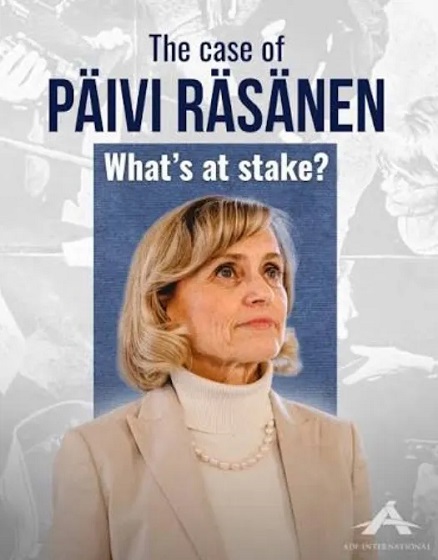International
ABC airs pro-life ad showing aborted babies during The View, comparing hosts to Nazis
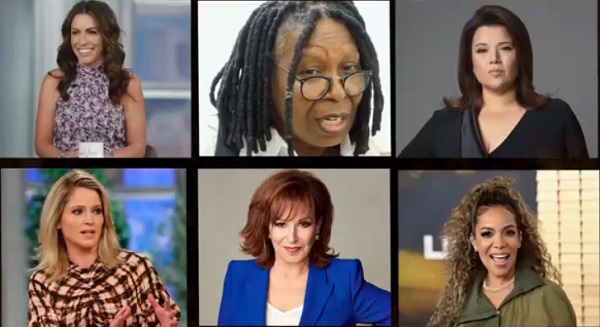
From LifeSiteNews
‘These are dead human beings, murdered by abortion that you promote,’ said presidential candidate Randall Terry in a pro-life ad with images of aborted babies that ABC was forced by law to air during The View.
A pro-life ad that aired during ABC’s popular daytime talk show The View highlighting that aborted “fetuses” are actually murdered children has infuriated the broadcast world, including the show’s co-hosts, whom the ad compared to Nazis because of their pro-abortion views.
The 30-second commercial spot from the Randall Terry presidential campaign took aim at “stupid celebrities” and “lying journalists” who use their platforms to promote abortion.
“I am so sick of stupid celebrities and lying journalists,” begins a voiceover by Terry, as photos of all six regular The View hosts are shown.
The faces of other pro-abortion Hollywood celebrities and news media personalities are then flashed across the screen, including Oprah Winfrey and Robert De Niro.
“Why don’t you fools follow the science?” asks Terry, as images of a newborn baby, a child in the womb, and then a series of gruesome photos of violently aborted children are shown in quick succession.
“These are dead human beings, murdered by abortion that you promote. If history even remembers you, you’ll be remembered like Leni Riefenstahl and Joseph Goebbels,” predicts Terry, as portraits of the two prominent World War II-era Nazis are shown.
According to Entertainment Weekly, before showing the ad ABC posted a message saying, “The following is a paid political advertisement, and the ABC Television Network is required to carry it by federal law. The advertisement contains scenes that may be disturbing to children. Viewer discretion is advised.”
After the ad concluded, ABC posted a second message, to apologize for what their audience had just seen: “The preceding was a paid political advertisement that the ABC Television Network was required to carry under federal law. The advertisement contained scenes that may be disturbing to viewers.”
“Broadcast stations are prohibited from censoring or rejecting political ads that are paid for and sponsored by legally qualified candidates,” according to the Federal Communications Commission (FCC). Randall Terry is on the ballot in 12 states, legally qualifying him as a national candidate.
CNN took offense at some of its virulently pro-abortion personalities being targeted in the commercial.
“The ad in which presidential candidate Randall Terry — without merit or explanation — compares multiple respected CNN journalists and commentators to Nazis is outrageous, antisemitic, and dangerous,” the network claimed in a statement to Entertainment Weekly.
LifeSiteNews reported previously that Terry’s campaign has developed more than two dozen TV ads custom-tailored to each state where Democrats are seeking to have abortion declared a legal “right” through November ballot initiatives.
Having judged past pro-life efforts since the Supreme Court overturned Roe v. Wade to be “anemic,” allowing catastrophic pro-life losses in Ohio, Michigan, Kansas, and Kentucky, the Terry campaign has incorporated images of aborted babies into its messaging in order to help religious voters understand that abortion is exactly what Pope St. John Paul II called it: “Murder.”
“You cannot end a holocaust of this magnitude without showing the victims and calling it ‘Murder,’” Terry told LifeSiteNews, explaining his rationale for including images of aborted children.
“There are rules and tools in social warfare, and if those five rules and tools are not used, you lose: incendiary images, radical rhetoric, aggressive action, serious sacrifice, and verifiable victory,” Terry said as he explained the need to change the tactics employed in defeating pro-abortion policies and politicians.
“With those tactics you win, without them, you lose,” he reiterated.
“The pro-life movement establishment does not want to be controversial,” Terry said. “Can you imagine saying, ‘We’re going to fight against antisemitism but not show pictures of the Jews in the holocaust?’ — or —‘We’re going to fight racism, but we’re not going to show the black men hanged by the Ku Klux Klan, or Emmett Till’s body, or ‘the water cannons and the dogs’ because they’re just too harsh?”
“That would be absurd,” Terry said. “So, we have to show the babies, and we have to call it what God calls it, which is what St. Pope John Paul II called it: ‘Murder.’ He called abortion ‘murder’ eight times in the The Gospel of Life.”
Censorship Industrial Complex
US Under Secretary of State Slams UK and EU Over Online Speech Regulation, Announces Release of Files on Past Censorship Efforts

Sarah Rogers’ comments draw a new line in the sand between America’s First Amendment and Europe’s tightening grip on online speech.
|
|
Business
Largest fraud in US history? Independent Journalist visits numerous daycare centres with no children, revealing massive scam

A young journalist has uncovered perhaps the largest fraud scheme in US history.
He certainly isn’t a polished reporter with many years of experience, but 23 year old independent journalist Nick Shirley seems to be getting the job done. Shirley has released an incredible video which appears to outline fraud after fraud after fraud in what appears to be a massive taxpayer funded scheme involving up to $9 Billion Dollars.
In one day of traveling around Minneapolis-St. Paul, Shirley appears to uncover over $100 million in fraudulent operations.
🚨 Here is the full 42 minutes of my crew and I exposing Minnesota fraud, this might be my most important work yet. We uncovered over $110,000,000 in ONE day. Like it and share it around like wildfire! Its time to hold these corrupt politicians and fraudsters accountable
We ALL… pic.twitter.com/E3Penx2o7a
— Nick shirley (@nickshirleyy) December 26, 2025
-

 Censorship Industrial Complex4 hours ago
Censorship Industrial Complex4 hours agoUS Under Secretary of State Slams UK and EU Over Online Speech Regulation, Announces Release of Files on Past Censorship Efforts
-

 Business7 hours ago
Business7 hours ago“Magnitude cannot be overstated”: Minnesota aid scam may reach $9 billion
-

 Alberta1 day ago
Alberta1 day agoAlberta project would be “the biggest carbon capture and storage project in the world”
-
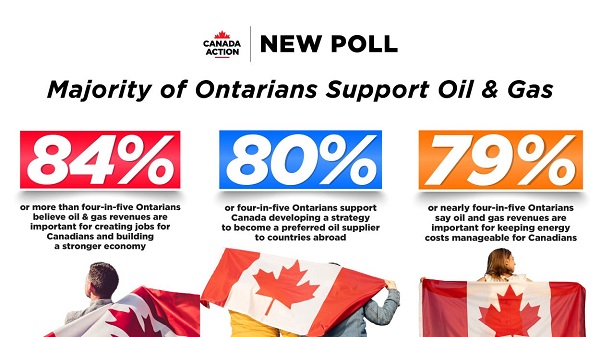
 Energy1 day ago
Energy1 day agoNew Poll Shows Ontarians See Oil & Gas as Key to Jobs, Economy, and Trade
-

 Business1 day ago
Business1 day agoSocialism vs. Capitalism
-
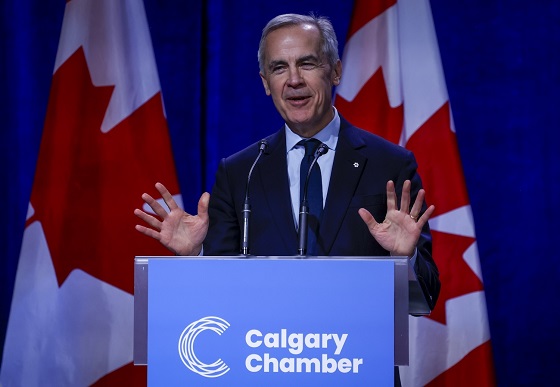
 Energy1 day ago
Energy1 day agoCanada’s debate on energy levelled up in 2025
-
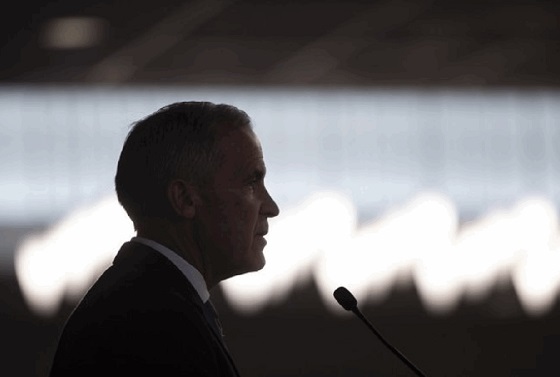
 Fraser Institute2 days ago
Fraser Institute2 days agoCarney government sowing seeds for corruption in Ottawa
-

 Daily Caller21 hours ago
Daily Caller21 hours agoIs Ukraine Peace Deal Doomed Before Zelenskyy And Trump Even Meet At Mar-A-Lago?







